The rise of synthetic opioids and other potent substances has created new challenges for parents trying to keep their children safe. Fentanyl and xylazine are two such substances that have gained notoriety for their extreme potency and the dangers they pose. Here’s what every parent should know about these drugs.
Understanding Fentanyl
Fentanyl is a synthetic opioid that is 50 to 100 times more potent than morphine. It is used medically to treat severe pain, but its high potency makes it extremely dangerous when misused. Even a tiny amount can cause an overdose. This drug can be lethal in doses as small as 2 milligrams, which is equivalent to just a few grains of salt. This makes it one of the most dangerous drugs currently in circulation.
The Dangers of Fentanyl
Fentanyl is often mixed with other drugs, such as heroin, cocaine, or methamphetamine, frequently without the user’s knowledge. This practice significantly increases the risk of accidental overdose. The lack of awareness about the presence of fentanyl in other drugs can lead to unsuspecting users consuming a fatal dose. Signs of fentanyl use include:
- Severe drowsiness or sedation
- Confusion or disorientation
- Slow or shallow breathing
- Loss of consciousness
What is Xylazine?
Xylazine is a veterinary tranquilizer not approved for human use. It is sometimes found mixed with opioids like fentanyl, exacerbating the dangers. Xylazine can cause severe respiratory depression, leading to fatal overdoses. Its presence in the illicit drug market is particularly concerning because it is not an opioid, and therefore, naloxone (Narcan) is not effective in reversing its effects.
Recognizing Xylazine Use
Xylazine’s effects can be similar to those of opioids but may also include:
- Low blood pressure
- Slow heart rate
- Severe respiratory depression
- Skin ulcers at injection sites
Why These Substances are So Dangerous
Both fentanyl and xylazine are often mixed with other drugs, making them hard to detect and increasing the risk of overdose. Their extreme potency means that even small amounts can be deadly, and they can act very quickly, leaving little time to respond. The combination of these substances can also mask their presence, making it difficult to treat overdoses effectively.
Protecting Your Family
Being proactive and informed is crucial. Here are steps you can take to protect your family:
Educate Yourself and Your Children: Learn about these substances and their effects. Share this information with your children to raise awareness. Understanding the specifics of these drugs can help demystify them and reduce curiosity-driven experimentation.
Talk Openly: Have honest conversations about the risks of drug use and the specific dangers of fentanyl and xylazine. Encourage your children to ask questions and express their concerns. Open dialogue can build trust and make them more likely to turn to you in times of trouble.
Encourage Safe Practices: Discuss the importance of not accepting drugs from others and the risks of experimenting with unknown substances. Emphasize the unpredictability and potential lethality of street drugs.
Using Fentanyl and Xylazine Test Strips
Test strips can detect the presence of fentanyl and xylazine in drugs. These tools can be lifesaving by alerting users to the presence of these dangerous substances before they ingest them. While not a foolproof method, they provide an additional layer of protection.
How to Use: Follow the instructions provided with the test strips. Typically, this involves dissolving a small amount of the drug in water and dipping the strip into the solution. The results can indicate whether fentanyl or xylazine is present, allowing for more informed decisions.
What to Do in Case of Overdose
If you suspect an overdose involving fentanyl or xylazine:
- Call 911 Immediately: Time is critical.
- Administer Naloxone: If you have Narcan (Naloxone) on hand, use it. While it may not reverse the effects of xylazine, it can counteract opioid overdoses, including those involving fentanyl.
- Perform CPR: If the person is not breathing, begin CPR until emergency responders arrive.
- Stay with the Person: Monitor their breathing and provide reassurance.
Legal Protections and Support
Many states have Good Samaritan laws that protect individuals who assist in overdose situations from legal repercussions. Know your local laws and encourage your children to seek help immediately if they or someone they know is experiencing an overdose. These protections are in place to save lives and should be widely understood and utilized.
Resources for Further Information
For more information on fentanyl, xylazine, and overdose prevention, visit these resources:
- CDC Opioid Overdose Prevention
- Substance Abuse and Mental Health Services Administration (SAMHSA)
- Drug Policy Alliance
Understanding the dangers of fentanyl and xylazine and knowing how to respond can save lives. Equip yourself and your family with this vital information to help navigate the challenges of today’s drug landscape. By staying informed and prepared, you can play a crucial role in safeguarding your loved ones against these deadly substances.







